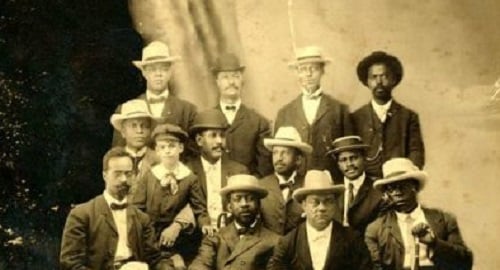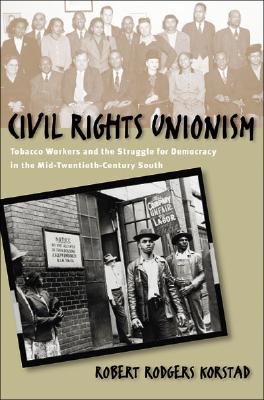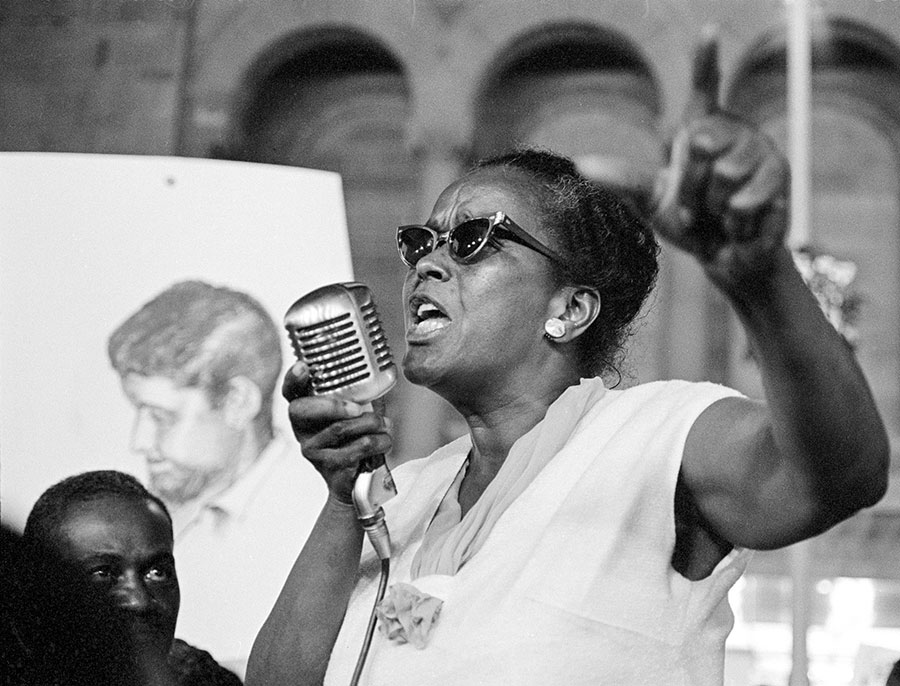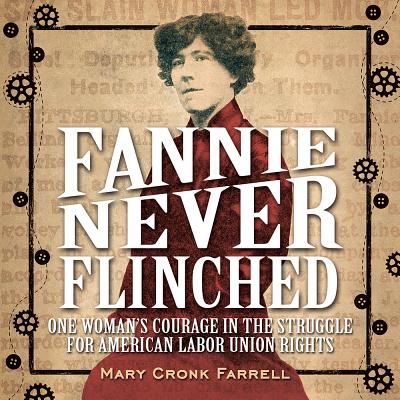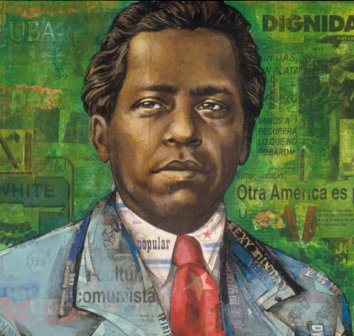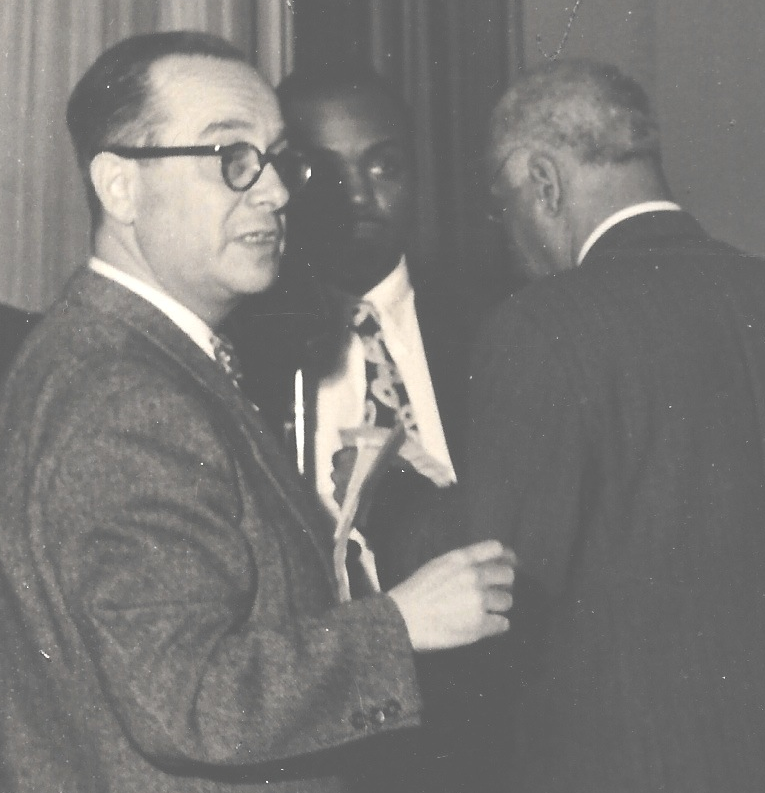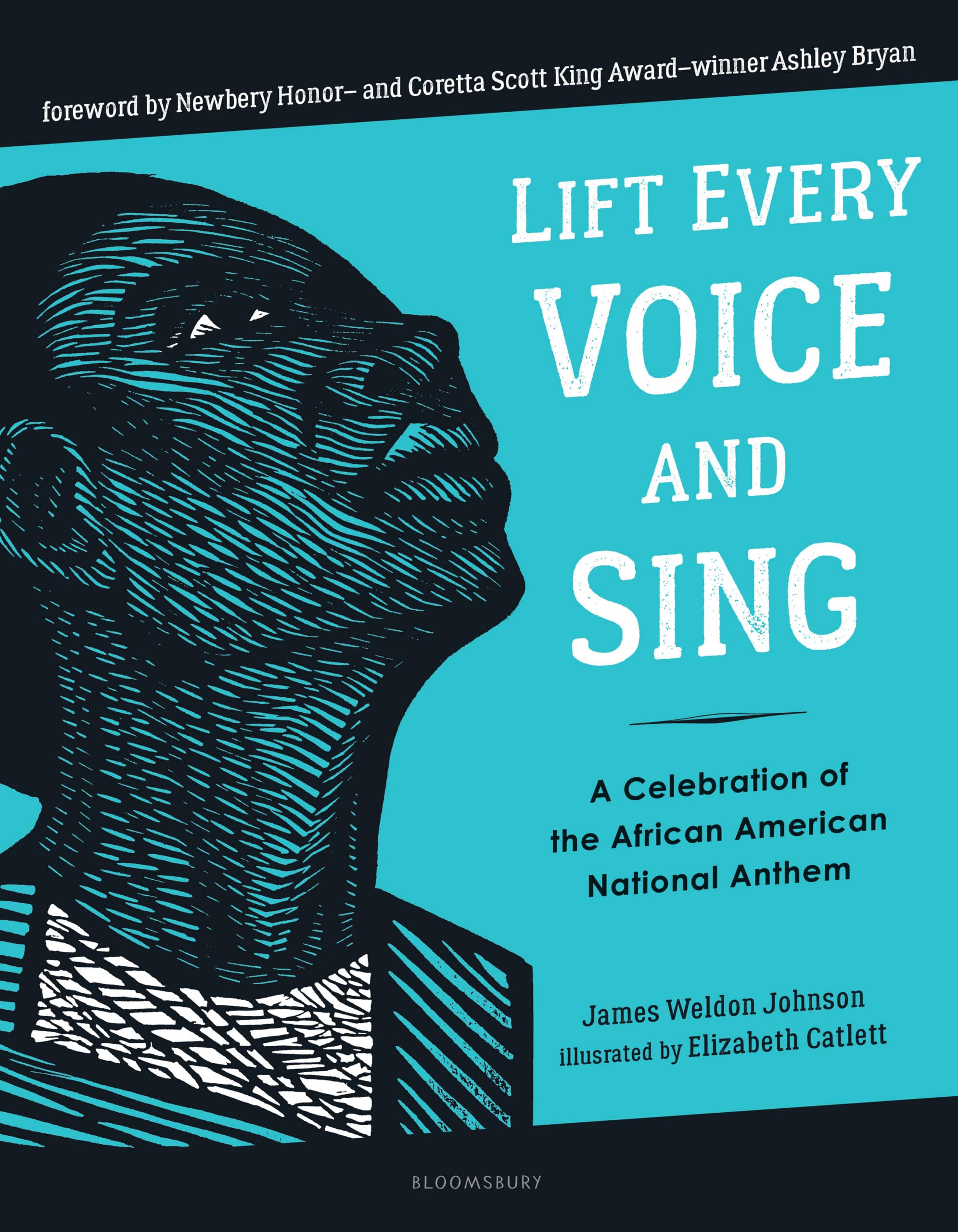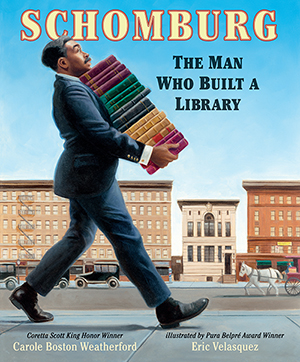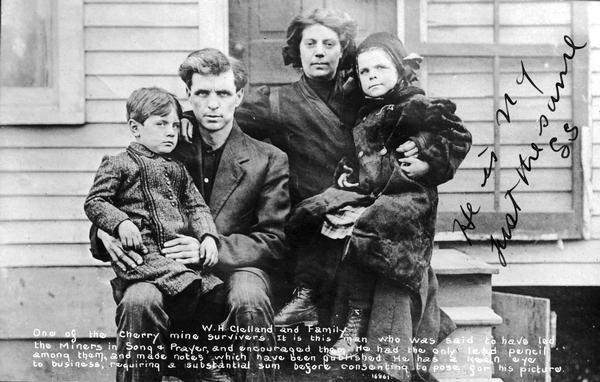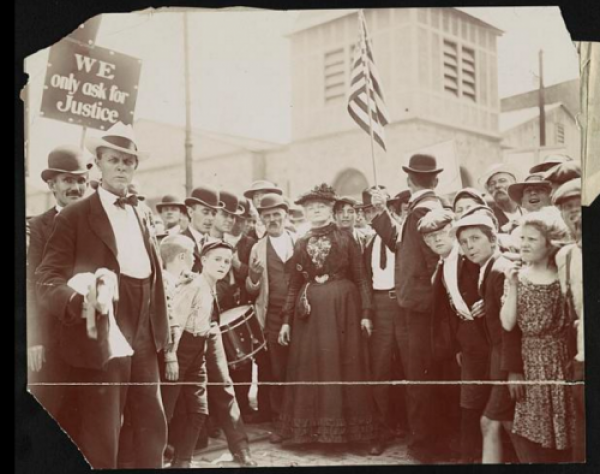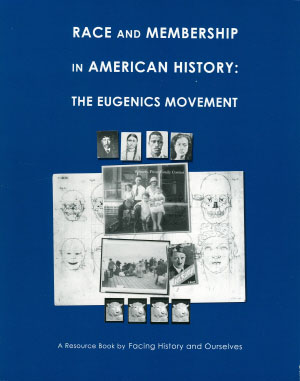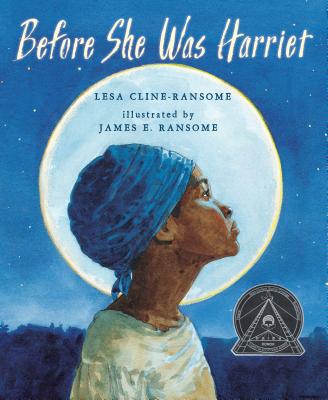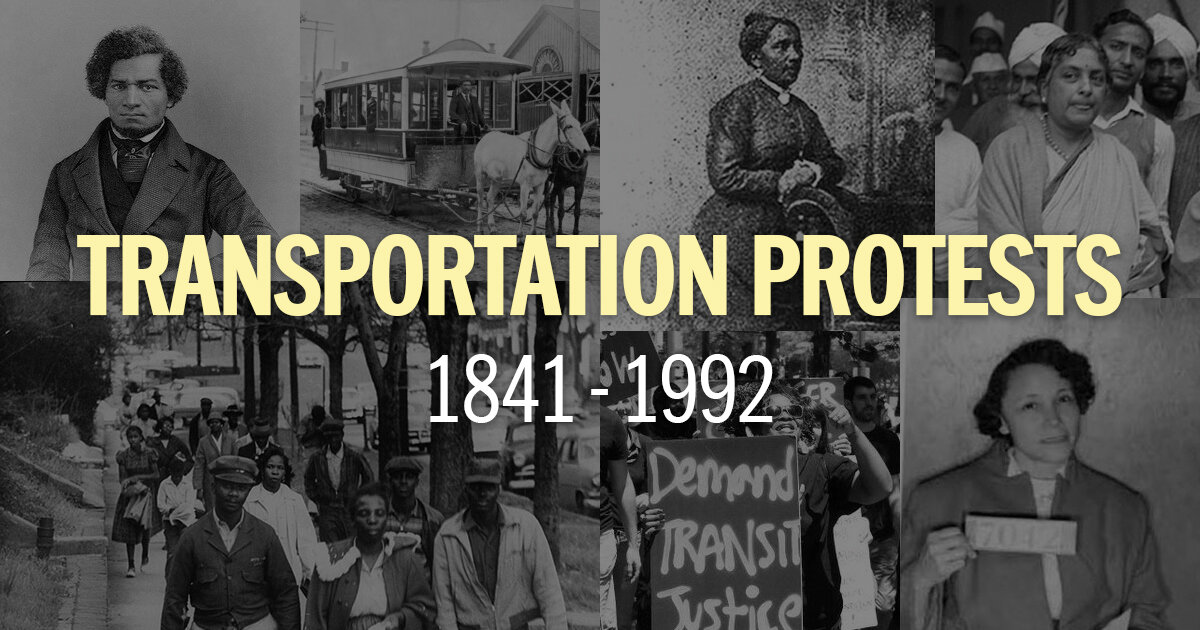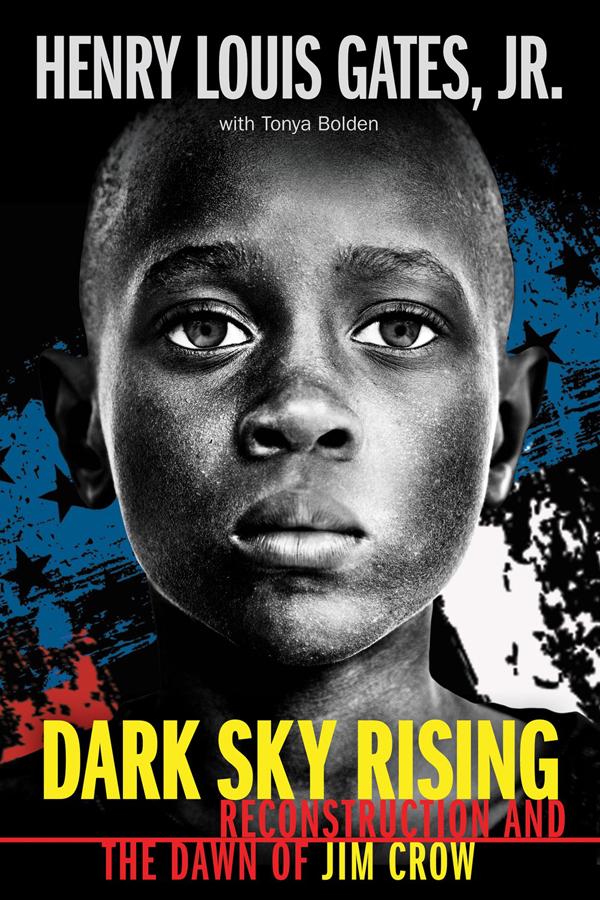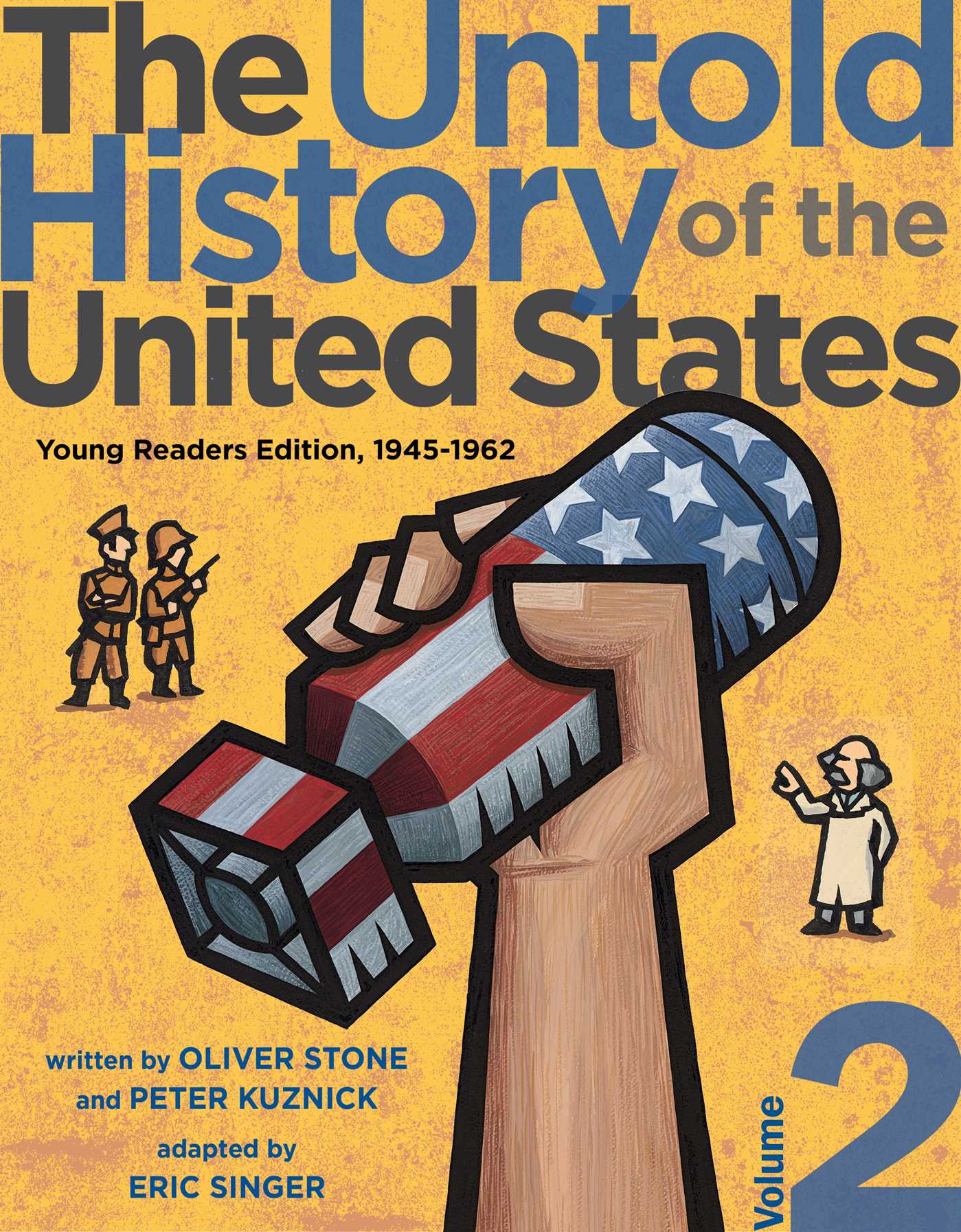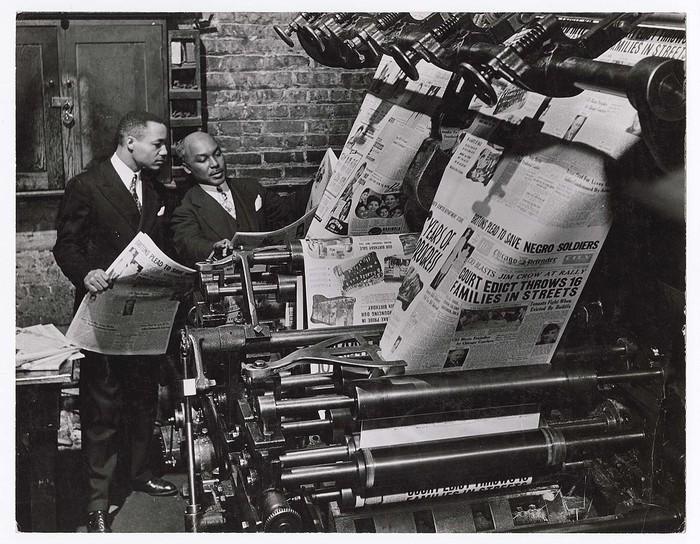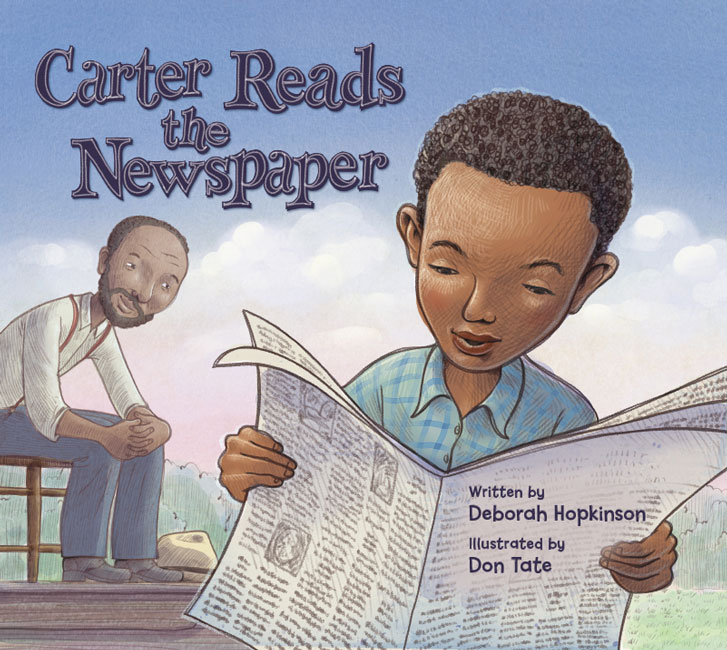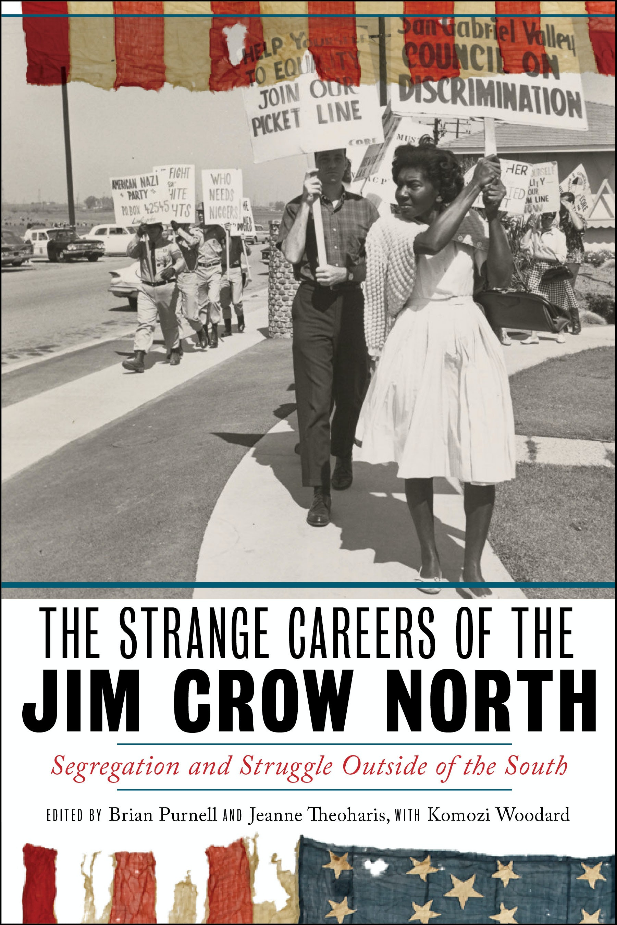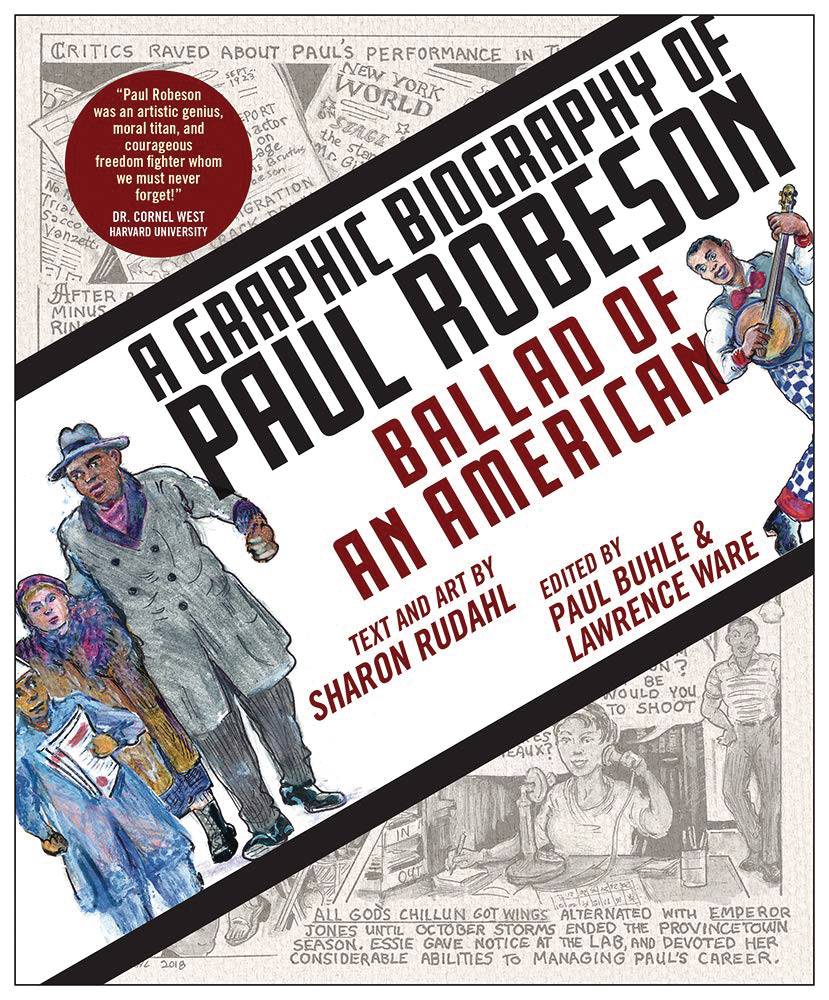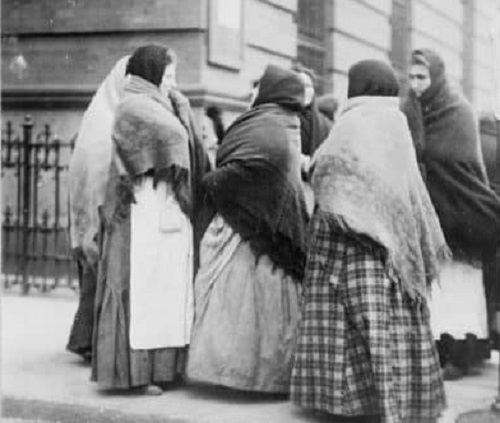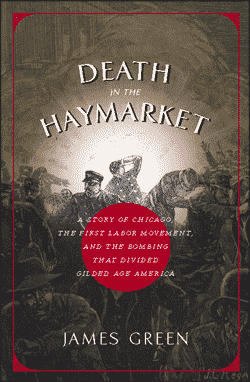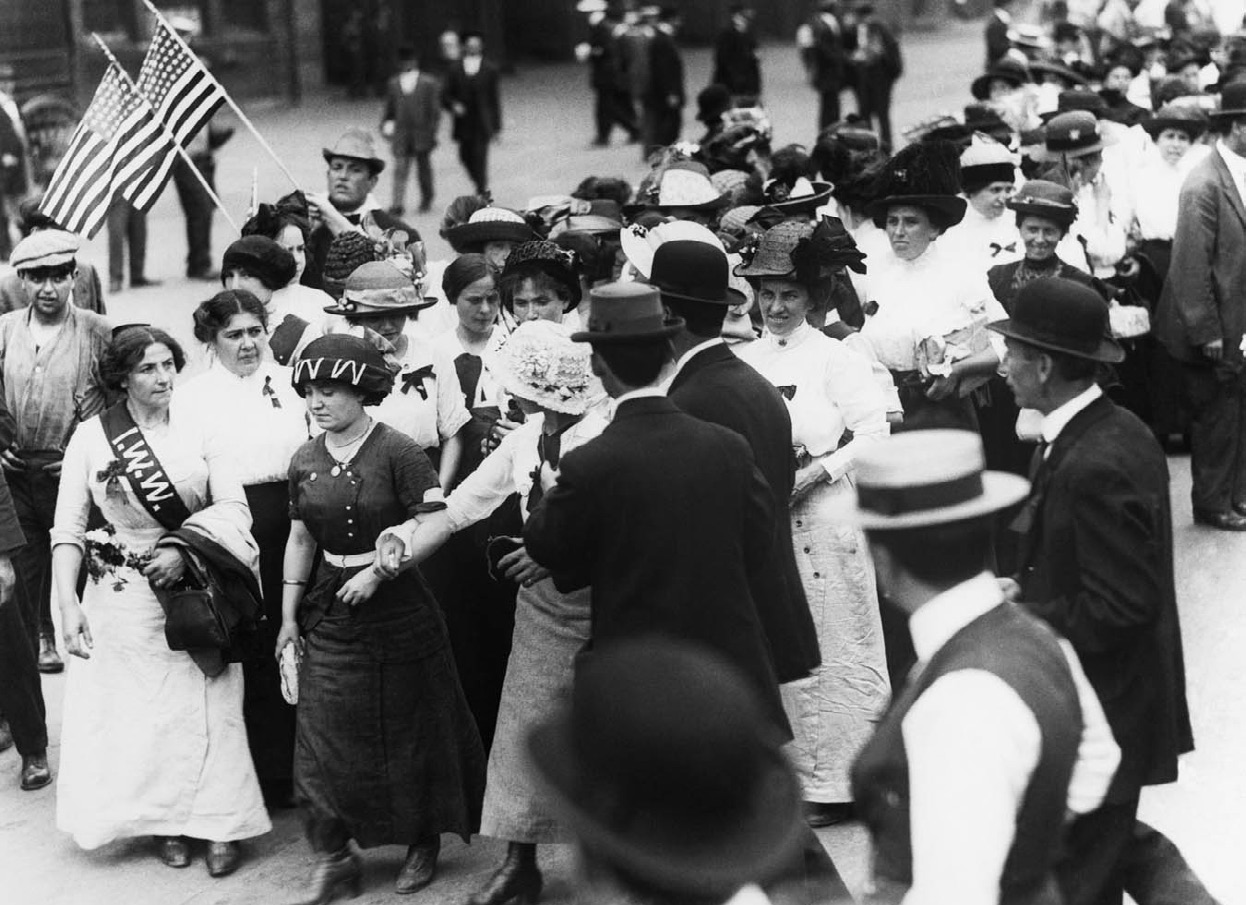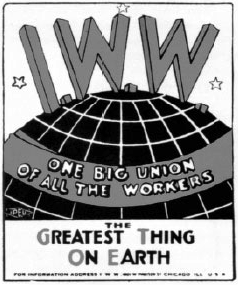The Niagara Movement — starting as a conference of Black leaders in upstate New York — was formed, paving the way for the creation of the NAACP.
Continue reading
Book — Fiction. By Margarita Engle. 2016. 272 pages.
Historical fiction in free verse about the building of the Panama Canal.
Continue reading
Book — Non-fiction. By Robert Rodgers Korstad. 2003. 576 pages.
Chronicles the rise and fall of the union that represented thousands of African American tobacco factory workers in Winston-Salem, N.C.
Continue reading
Born on this day, Ella Baker was a civil rights and human rights activist beginning in the 1930s whose career spanned more than five decades.
Continue reading
Book — Non-fiction. By Mary Cronk Farrell. 2016. 56 pages.
Biography of labor union activist Fannie Sellins.
Continue reading
Cuban poet of social protest and a leader of the Afro-Cuban movement, Nicolás Guillén was born.
Continue reading
“Lift Every Voice and Sing” was first publicly performed by 500 school children in Jacksonville, Florida. Later, the NAACP adopted the song as the Black National Anthem. The lyrics spoke out against racism and Jim Crow laws.
Continue reading
Picture book. By Carole Boston Weatherford and Eric Velasquez. 2017. 48 pages.
This picture book is a tribute to Arturo Schomburg, the Afro Puerto Rican historian collector and activist who chronicled the Black history of the Diaspora.
Continue reading
A disaster in the Cherry Mine in Cherry, Illinois, killed 259 boys and men.
Continue reading
Mary Harris “Mother” Jones began the “March of the Mill Children.”
Continue reading
Teaching Guide. 2020. By Alan Stoskopf. Facing History and Ourselves. 374 pages.
Resources for teaching about the eugenics movement in the United States.
Continue reading
Picture book. By Lesa Cline-Ransome and James E. Ransome. 2017. 32 pages.
An illustrated biography of Harriet Tubman written in verse.
Continue reading
African Americans in Little Rock organized a boycott and “we walk” league to protest the Streetcar Segregation Act.
Continue reading
Book — Non-fiction. By Henry Louis Gates Jr. with Tonya Bolden. 2019. 240 pages.
Readers trace the rise and fall of racial equity during Reconstruction as increasingly violent white supremacy and new forms of oppression take hold at the turn of the 20th century.
Continue reading
Book — Non-fiction. By Oliver Stone and Peter Kuznick. Adapted by Susan Campbell Bartoletti and Eric S. Singer. Vol 1. 2014. 400 pages. Vol 2. 2019. 320 pages.
These are two volumes of illustrated histories, adapted for students from a documentary book and film of the same name.
Continue reading
Robert Sengstacke Abbott founded the highly influential newspaper, the Chicago Defender, with the tagline “American Race Prejudice Must Be Destroyed.”
Continue reading
Picture book. By Deborah Hopkinson. Illustrated by Don Tate. 2019. 36 pages.
This picture book chronicles the young life of Dr. Carter G. Woodson, an Appalachian-born Harvard scholar and advocate for African American history. He founded Negro History Week in 1926 (which grew into Black History Month), the Association for the Study of African American Life and History (ASALH), and the Journal of Negro History.
Continue reading
Book — Non-fiction. Edited by Brian Purnell and Jeanne Theoharis with Komozi Woodard. 2019. 352 pages.
This important work shows how the Jim Crow North maintained inequality in the nation’s most liberal places, and chronicles how activists worked to undo those inequities born of Northern Jim Crow.
Continue reading
Book — Non-fiction. Written and illustrated by Sharon Rudahl. Edited by Paul Buhle and Lawrence Ware. 2020. 142 pages.
The first-ever graphic biography of Paul Robeson charts Robeson’s career as a singer, actor, scholar, athlete, and activist who achieved global fame.
Continue reading
Book — Non-fiction. By Kidada Williams. 2012. 281 pages.
This book documents African Americans' testimonies about racial violence during Jim Crow, and the crusades against that violence that became political training grounds for the Civil Rights Movement.
Continue reading
Months of organizing work by 16-year-old Pauline Newman culminated in the start of the largest rent strike in New York City’s history.
Continue reading
Book — Non-fiction. By James Green. 2007. 400 pages.
History of the late 19th century labor movement.
Continue reading
Teaching Activity. By Dale Weiss. Rethinking Schools. 3 pages.
A teacher's reflections about a curriculum unit on women's rights contextualizes the history of the feminist movement within the broader struggle of people working for greater equality in the United States.
Continue reading
Teaching Activity. By Gayle Olson-Raymer. 17 pages.
Questions and teaching ideas for Chapter 13 of Voices of a People's History of the United States on the labor movement at the turn of the century.
Continue reading

